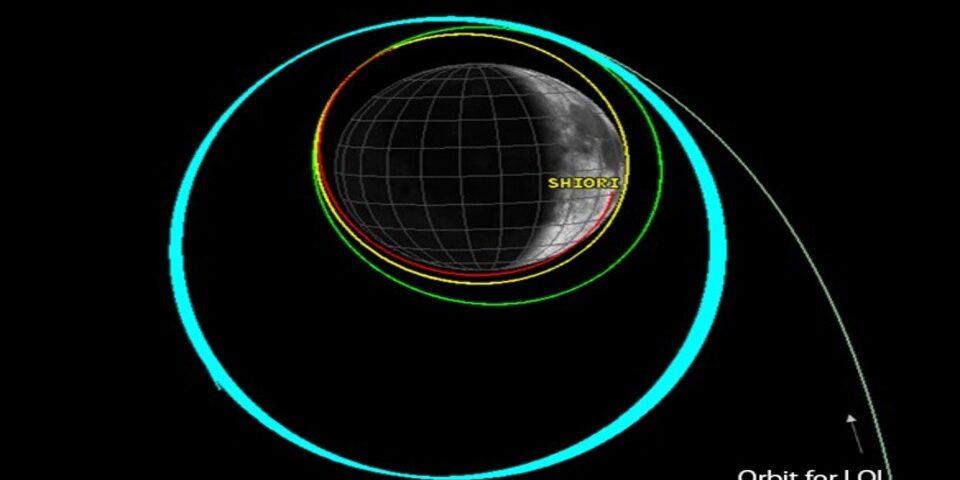The Japanese Aerospace Exploration Agency (JAXA) has managed to land its Smart Lander for Investigating Moon (SLIM) module on the surface of the Moon. He was able to cope with one of his main tasks, but the fulfillment of the rest is still in question.
The device was launched on a launch vehicle in September 2023 and has already spent four months in space.
The SLIM landing process took about 20 minutes – during which time the operators on the Ground were powerless and relied only on autonomous systems. After that, it took them more than an hour to clarify his status.
Preliminary conclusions are as follows: the module has successfully made a soft landing and is able to send signals to Earth, but its solar panels for some reason cannot generate energy. JAXA believes in the best and believes that their performance will be restored.
The agency also confirmed that the device managed to complete one of the main tasks – to descend within 100 meters from a certain target area. For comparison, the landing site during the American Apollo 11 mission in the last century was 20 by 5 kilometers.

The "Moon Sniper", as SLIM was nicknamed in the media, proved the possibility of a high-precision landing. This means that in the future, people will land on the moon exactly where they planned.
But this was not the only task of the module. He was also supposed to deliver two lunar rovers to our satellite at once: a large device with a bouncing mechanism for exploring the environment, and a tiny one weighing only 250 grams, which is able to change its shape to better adapt to lunar conditions. Now their work is in question.

They promise to provide more information about SLIM's landing next week.
The progress of the historical mission was shown live on YouTube. Viewers could even see how the device aimed and scanned the surface of the Moon, being only 25 kilometers away from it. The direct landing was carried out from a height of 10 kilometers.